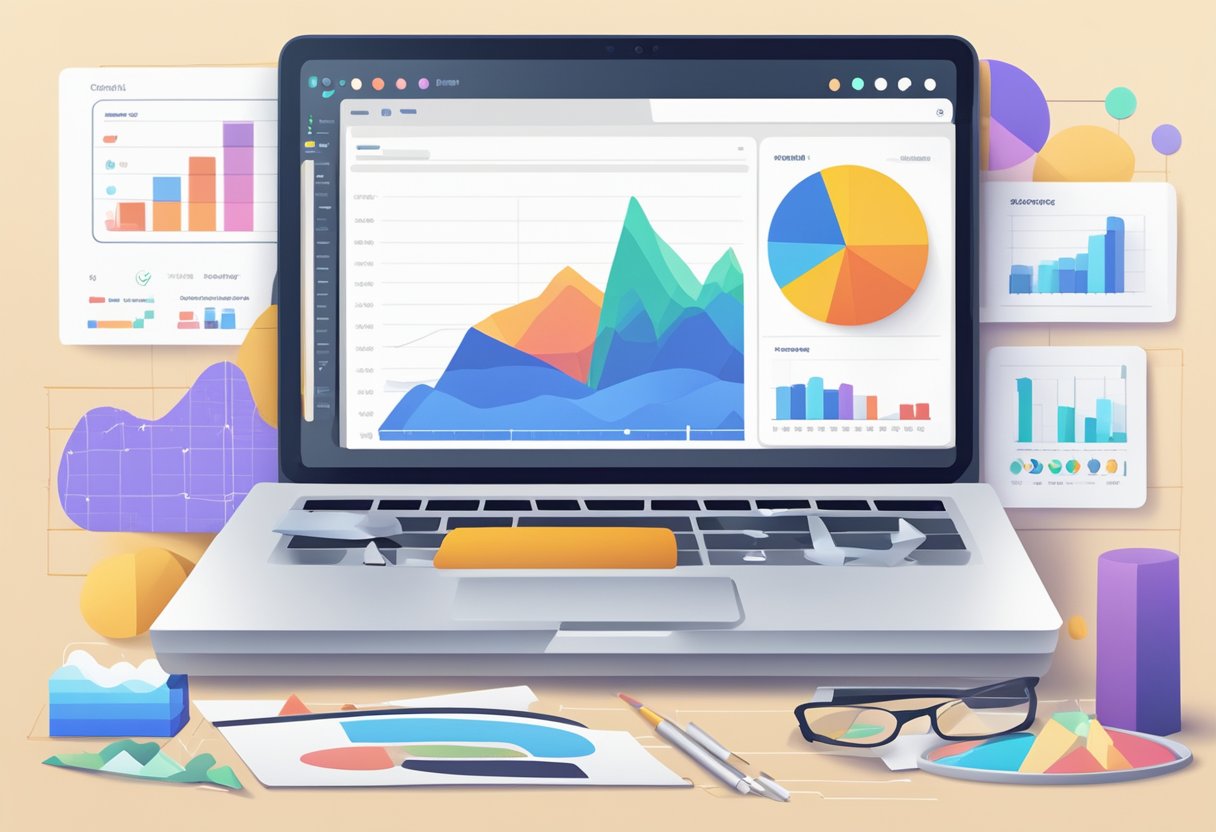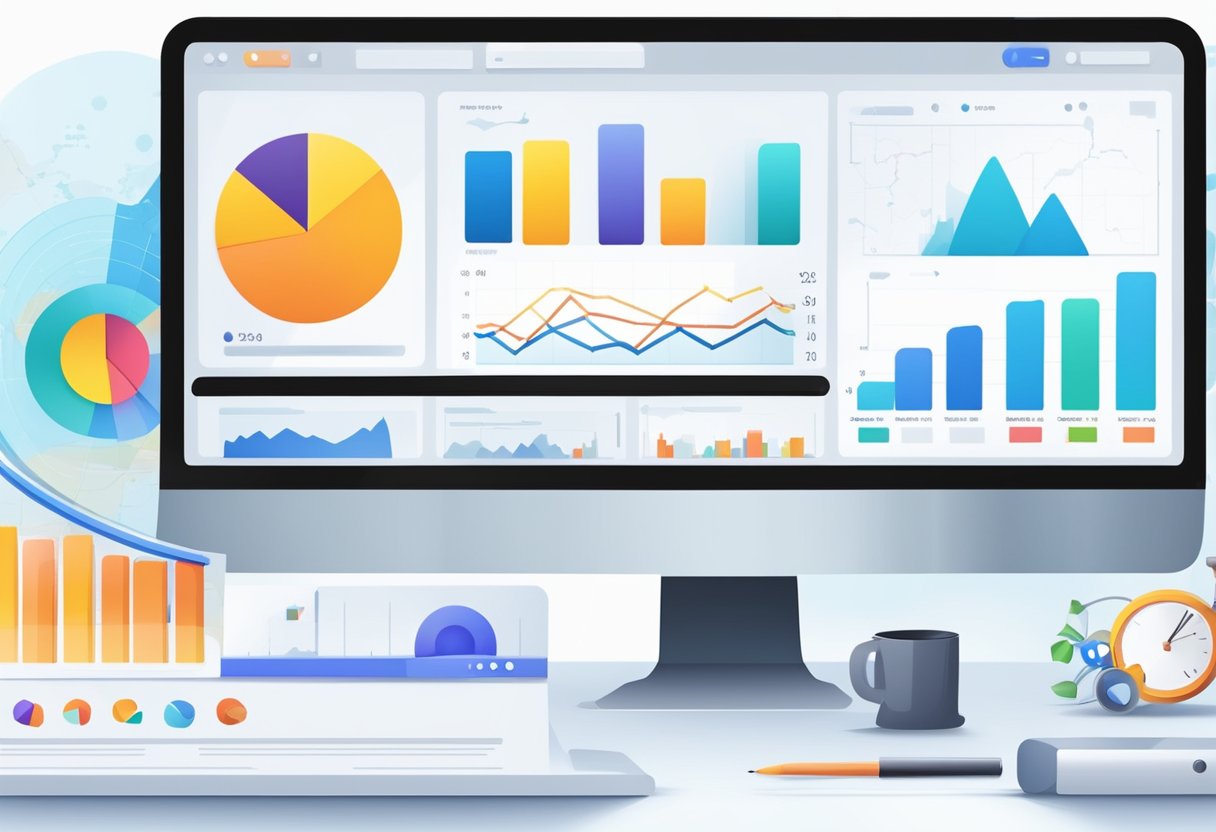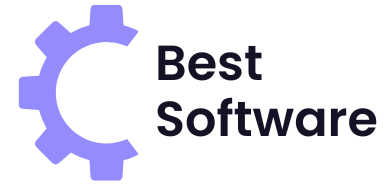Website analytics tools are essential for marketers seeking to enhance their online presence and optimize their strategies. The right analytics tool helps marketers gain invaluable insights into user behavior and website performance, leading to improved ROI. With numerous options available, it can be challenging to determine the best fit for specific needs.
In this article, the focus will be on five of the best website analytics tools that cater to the unique demands of digital marketers. From industry giants like Google Analytics to innovative platforms such as Hotjar, the selected tools offer a variety of features designed to meet diverse marketing goals. Each tool provides critical data that can shape marketing strategies and drive business performance.
Navigating the analytics landscape may seem overwhelming, but understanding what each tool offers simplifies the process. Discover how to leverage these tools effectively to gain a competitive edge in the digital market.
Key Takeaways
- Different analytics tools provide distinct insights tailored for marketers.
- Effective use of analytics can significantly boost marketing strategies.
- Choosing the right tool is crucial for achieving desired marketing outcomes.
Understanding Website Analytics

Website analytics provide insights that empower marketers to optimize their strategies. Understanding these analytics is essential for identifying user behavior and improving website performance.
Importance of Data-Driven Marketing
Data-driven marketing allows businesses to make informed decisions based on actual user behavior rather than assumptions. By utilizing analytics tools, marketers can tailor their campaigns to align with audience interests and preferences.
This approach enhances targeting accuracy and can lead to improved conversion rates. Companies can segment their audience effectively, ensuring specific messaging reaches the right people at the right time.
Moreover, data analytics enables performance tracking, helping marketers adjust strategies dynamically. They can analyze which campaigns deliver the best ROI and which aspects need improvement, promoting continuous optimization.
Key Metrics to Track
Several key metrics are critical for effective website analytics. These metrics include:
- Traffic Sources: Understanding where visitors originate enhances targeting strategies.
- Bounce Rate: A high bounce rate may indicate that the landing page does not meet user expectations.
- Session Duration: This metric shows how long visitors stay on the site, indicating engagement levels.
- Pages per Session: More pages often correlate with deeper engagement.
Tracking these metrics provides insights into user behavior and preferences. Marketers can use this information to refine content, improve the user experience, and ultimately drive conversions. Regular monitoring ensures that strategies remain aligned with audience needs and can be adjusted as user behavior shifts.
Google Analytics

Google Analytics is a powerful tool that helps marketers track and analyze website performance in real-time. It excels in providing essential insights into audience behavior, conversion tracking, and immediate engagement metrics.
Real-Time Reporting
Real-time reporting in Google Analytics allows users to monitor site activity as it happens. Marketers can see how many visitors are on the site at any moment, what pages they’re viewing, and their geographical locations.
Key features include:
- Active Users: View how many users are currently active on the site.
- Traffic Sources: Identify where visitors are coming from, whether organic search, social media, or direct traffic.
- Engagement Metrics: Track the pages being viewed in real-time, allowing marketers to assess content performance immediately.
This feature is crucial for time-sensitive campaigns, as it enables quick adjustments based on live data.
Audience Insights
Audience insights offer detailed demographic and behavioral data about website visitors. This includes age, gender, interests, and location, empowering marketers to tailor their strategies effectively.
Important aspects include:
- Demographic Data: Understand who the audience is, allowing for targeted marketing efforts.
- Interests Categories: Insights into what topics resonate with visitors can inform content creation.
- Behavior Flow: Visualize how users navigate through the site, identifying popular pathways and potential drop-off points.
Such insights enable marketers to create customized content and enhance user experience.
Conversion Tracking
Conversion tracking is a crucial component of Google Analytics that helps marketers measure the effectiveness of their strategies. This feature shows how many visitors complete desired actions, such as making a purchase or signing up for a newsletter.
Key elements include:
- Goals and Events: Users can set up specific goals to track investments and conversions effectively.
- E-commerce Tracking: This allows businesses to analyze sales data, product performance, and revenue.
- Funnel Visualization: Track user progress through predefined paths leading to conversions, identifying any bottlenecks.
With conversion tracking, marketers can refine their tactics and optimize their campaigns for better results.
Adobe Analytics

Adobe Analytics is a powerful tool that provides marketers with deep insights into customer behavior across various channels. Its robust features facilitate segmentation and analysis, enabling marketers to tailor their strategies effectively. Additionally, multichannel data collection enhances the understanding of user interactions throughout the customer journey.
Segmentation and Analysis
Segmentation in Adobe Analytics allows marketers to divide large datasets into manageable groups for more focused analysis. Users can create segments based on numerous criteria, such as demographics, behavior, and transaction history. This capability helps marketers personalize campaigns and improve targeting, leading to higher conversion rates.
Key features include:
- Custom Segments: Marketers can build specific audience segments tailored to their unique needs.
- Real-Time Analysis: Users can assess performance metrics instantly, making it easier to shift strategies as needed.
By leveraging segmentation, organizations gain a clearer picture of customer interactions and preferences, driving data-informed decisions.
Multichannel Data Collection
Adobe Analytics excels in multichannel data collection, which captures user interactions across various platforms, including web, mobile, and social media. This comprehensive data collection enables marketers to analyze the customer journey holistically.
Highlighted benefits include:
- Unified Data View: It consolidates data from multiple sources, providing a cohesive understanding of user behavior.
- Cross-Channel Insights: Marketers can track interactions across different channels, determining which platforms drive engagement and conversions effectively.
This capability ensures that marketing strategies are informed by a complete set of data, fostering more precise targeting and improved return on investment.
Mixpanel

Mixpanel is a powerful analytics tool that specializes in tracking user interactions within web and mobile applications. It provides marketers with the ability to analyze user engagement and retention effectively through advanced features.
User Engagement Tracking
Mixpanel excels in user engagement tracking by offering detailed event tracking capabilities. Users can define specific events to monitor, such as button clicks, page views, or form submissions. This granularity allows marketers to gain insights into how users interact with their products.
Mixpanel’s funnel analysis feature is particularly useful. It visualizes the steps users take within a process, enabling marketers to identify drop-off points and optimize their conversion paths. Furthermore, the platform allows segmentation of users based on behaviors, providing the ability to tailor marketing strategies effectively.
Implementation of Mixpanel can enhance the understanding of user journeys. By observing patterns in user engagement, marketers can create more relevant and customized marketing campaigns to boost user retention and satisfaction.
Retention Analysis
Retention analysis in Mixpanel is vital for understanding user loyalty. The platform uses cohort analysis to evaluate how different groups of users behave over time. This helps in assessing the effectiveness of retention strategies and identifying churn risks.
Marketers can track metrics such as user re-engagement and repeat usage. Mixpanel offers retention reports that display the percentage of users returning after their first interaction, which is crucial for any marketing strategy.
In addition, A/B testing is seamlessly integrated into Mixpanel. Marketers can experiment with different features or content to see what best enhances user retention. This data-driven approach helps in refining marketing tactics based on actual user behavior.
Heap Analytics

Heap Analytics is a robust platform designed for marketers seeking detailed insights into user interactions. It offers features such as automatic event tracking and powerful visualizations of user behavior, making it easier to understand user journeys and optimize marketing strategies.
Automatic Event Tracking
Heap Analytics stands out with its automatic event tracking capability. Marketers no longer need to manually set up tracking for each interaction on their website. Instead, Heap automatically captures every click, submission, and page view from the moment the tracking code is installed.
This feature enables marketers to gather comprehensive data on user behavior without extensive setup time. The tool records interactions such as button clicks, form submissions, and navigation paths, allowing for a complete picture of user engagement.
By automating the data collection process, Heap minimizes the risk of losing vital insights and helps teams quickly pivot their strategies based on real-time data.
User Behavior Visualization
User behavior visualization in Heap provides clear and actionable insights through intuitive dashboards. Marketers can easily explore data to identify trends, conversion funnels, and bottlenecks in user journeys.
The platform uses visual tools like charts and graphs to present complex data in an easily digestible format. This enables users to pinpoint high-performing acquisition channels and optimize marketing campaigns effectively.
Specific features include segmentation filters and cohort analyses that allow marketers to delve into different user groups and behaviors. By leveraging these visualizations, teams can make data-driven decisions to enhance user experience and ultimately drive better outcomes for their campaigns.
Hotjar
Hotjar is a powerful website analytics tool that provides insights into user behavior. Its features like heatmaps and user recordings allow marketers to understand how visitors interact with their websites, while conversion funnels help identify areas for improvement in the conversion process.
Heatmaps and User Recordings
Heatmaps give visual representations of where users click, scroll, and move on a webpage. Hotjar’s heatmap feature categorizes these interactions into click, move, and scroll heatmaps. This allows marketers to visually assess user engagement and prioritize areas for optimization.
User recordings enable marketers to watch real sessions recorded in real-time. By observing how actual users navigate the site, they can identify usability issues. This feature helps to uncover unexpected user behavior that might not be evident from standard analytics reports.
Conversion Funnels Analysis
Hotjar’s conversion funnels analyze user paths through specific webpages to identify where visitors drop off. This feature provides a clear view of the conversion process, highlighting stages where users lose interest.
Marketers can pinpoint which pages cause bottlenecks by reviewing funnel stats. This information can guide targeted changes, such as optimizing landing pages or enhancing calls-to-action. Through this focused analysis, improvements can systematically drive higher conversion rates.
Choosing the Right Tool
Selecting the right website analytics tool requires careful consideration of specific business needs and feature comparisons. Each business is unique, and the ideal tool should align with its goals.
Evaluating Your Business Needs
The first step in choosing a website analytics tool is assessing the specific requirements of the business. This involves understanding the target audience, business objectives, and the type of data needed for insightful analysis.
Key aspects to consider include:
- Business Size: Smaller businesses may benefit from cost-effective tools, while larger enterprises may require advanced capabilities.
- Data Needs: Identify what metrics are crucial, such as traffic sources, user behavior, or conversion rates.
- Integration: Assess how well the tool integrates with existing platforms, such as content management systems or customer relationship management software.
By pinpointing these needs, marketers can narrow down their options significantly.
Comparing Feature Sets
Once business needs are clear, the next step is to compare the features of various analytics tools. Different tools offer differing strengths, and it’s essential to match features to requirements.
Consider the following features:
- Real-Time Data: Some tools provide immediate insights, which can be critical for timely decision-making.
- Custom Reporting: Look for tools that allow customization of reports to focus on the most relevant metrics.
- User Behavior Tracking: Features like heatmaps and session recordings help understand user interactions on the site.
Creating a comparison table can help visualize these features side-by-side, aiding in making an informed choice.
Integrating Analytics with Your Marketing Strategy
Integrating analytics into a marketing strategy is essential for data-driven decision-making. Marketers can optimize campaigns by analyzing performance metrics such as traffic sources, conversion rates, and user engagement.
Key Steps for Integration:
Define Goals: Establish specific marketing objectives. This could include increasing website traffic or enhancing user engagement.
Choose the Right Tools: Select analytics tools that align with goals. Popular options include Google Analytics, Adobe Analytics, and Matomo.
Data Collection: Implement tracking codes on marketing assets, including email campaigns and social media channels. This allows for comprehensive data gathering.
Analyze and Interpret Data: Regularly review analytics reports. Identifying trends in user behavior helps marketers refine strategies.
Iterate and Optimize: Use insights gained to adjust campaigns. Marketers should continuously test different approaches to improve results.
Benefits of Integration:
Improved ROI: Data analytics helps justify marketing budgets by demonstrating the impact of strategies.
Targeted Campaigns: Understanding audience preferences allows for more personalized content.
Informed Decision-Making: Access to real-time data enables quicker adjustments to marketing strategies.
Incorporating analytics into marketing strategies not only enhances effectiveness but also fosters a culture of continuous improvement.
Leveraging Analytics for Improved ROI
Utilizing website analytics tools can significantly enhance marketing strategies. By analyzing data, marketers can identify areas for optimization, leading to better return on investment (ROI).
Key benefits of leveraging analytics:
User Behavior Insights: Understanding how visitors interact with a site helps in tailoring marketing efforts. This can lead to increased conversion rates.
Targeted Campaigns: Analytics enables the segmentation of audiences based on behavior and preferences. This targeted approach often results in higher engagement.
Performance Tracking: Continuous monitoring of marketing campaigns through analytics tools allows for quick adjustments. This adaptability helps in maximizing campaign effectiveness.
Best Practices for Using Analytics:
Set Clear Objectives: Define specific goals for campaigns to measure success accurately.
Use Multiple Tools: Employ a combination of analytics platforms to get a comprehensive view of performance.
Regular Audits: Conduct periodic reviews of data sources to ensure quality and accuracy. This practice enhances the reliability of insights gained.
By effectively leveraging analytics, marketers can implement data-driven strategies that lead to improved ROI. These actionable insights are crucial for refining marketing approaches and driving growth.



